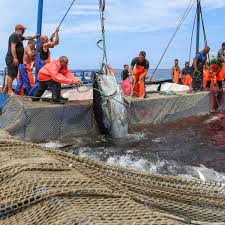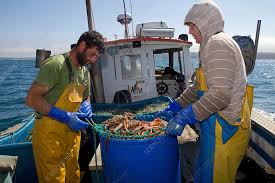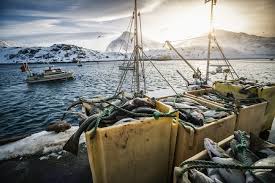This article will discuss the main features of the EIA legal and institutional frameworks for Fisheries Environmental Impact Assessment. Institutional arrangements involve the establishment and empowerment of a designated authority to require EIA and administer the process in any country.
Generally, the institutional arrangements are similar in various countries, but with peculiarities depending on the country and the stage of their EIA requirement and development. This article will familiarize the reader with the institutional arrangements for EIA in Nigeria.
Read Also: Sheep gene insights could help farmers breed healthier animals
The Main Features of the EIA Legal and Institutional Frameworks

1. Basic Responsibilities: The proponent normally carries out the EIA in accordance with directions given by the competent authority (usually the agency that makes the final decision on the proposal, but in certain cases, an independent commission or panel).
An environmental agency (or in some cases a specialized EIA body) oversees the process and reviews the study with inputs from other government departments. Usually, EIA studies are carried out by an interdisciplinary team, which is appointed specifically for the task and has an appropriate range of scientific, economic, and social expertise.
2. Scope of Application: Some EIA systems are relatively limited in coverage, for example, limited to projects of a specified type and size. Others have a broader responsibility, for example encompassing all proposals that have potentially significant adverse environmental impacts.
In addition, the environment is defined broadly to include social, health, and cumulative effects. The inclusion of these broader aspects of EIA is now accepted as the international standard of good practice, and their coverage should be mandatory.
3. Consideration of Alternatives: Consideration of alternatives is mandatory in some EIA systems but discretionary in others. Different provisions are made for including a range of alternatives to a proposal, and there are different requirements for the evaluation and comparison of alternatives as part of the EIA process.
At a minimum, explicit provision should be made for the consideration of the main or a reasonable alternative to a proposal (including no action). This component is a critical determinant of effective EIA.
4. Public Involvement: This is a cornerstone of EIA, and most systems include provisions for public involvement. However, there are marked differences in specific requirements, for example, regarding access to information, procedures for notification and involvement of the public, the stage of the EIA process at which these are applied, and third-party rights of appeal. At a minimum, public involvement should take account of the concerns of those directly affected by a proposal.
Read Also: 17 Medicinal Health Benefits Of Mucuna pruriens (Monkey Tamarind)
Institutional/Administrative Framework

Institutionally, the application of the EIA statute has been the responsibility of the Federal Environmental Protection Agency (FEPA) for most of the time since 1992. This was an independent agency attached to the Federal Presidency.
Recent institutional changes have moved the agency into the Federal Ministry of the Environment, and in 2007, FEPA was abolished and replaced by the National Environmental Standards and Regulations Enforcement Agency (NESREA). The NESREA Act repealed the FEPA Act and established NESREA in its place (Nigeria, 2007).
The new agency is responsible for enforcing compliance with environmental standards, regulations, rules, laws, policies, and guidelines. NESREA is also responsible for the protection and development of the environment, biodiversity conservation, sustainable development, and the development of environmental technology (Awogbade et al., 2008).
Under the Act, FEPA published various sectoral EIA procedures together with EIA Procedural Guidelines in 1995. The liability of aquaculture projects to EIA is determined by the priorities given to different categories of development activity by the Nigerian government.
The Act defines three categories: High Risk, Low Risk, and No Significant Impact. In theory, fisheries and aquaculture can be interpreted as being in any of these categories.
Do you have any questions, suggestions, or contributions? If so, please feel free to use the comment box below to share your thoughts. We also encourage you to kindly share this information with others who might benefit from it. Since we can’t reach everyone at once, we truly appreciate your help in spreading the word. Thank you so much for your support and for sharing!
Read Also: 4 Steps to help an Orange Tree Produce Sweet Oranges

